On the Road is a weekday feature spotlighting reader photo submissions.
From the exotic to the familiar, whether you’re traveling or in your own backyard, we would love to see the world through your eyes.
It’s Albatrossity Monday!. After that, who’s up for a 4-day cruise in South America with Dorothy Winsor?
Albatrossity
After lunch on our second day in the crater, we headed upward and westward toward the Serengeti. Here are some images from that half-day trip.
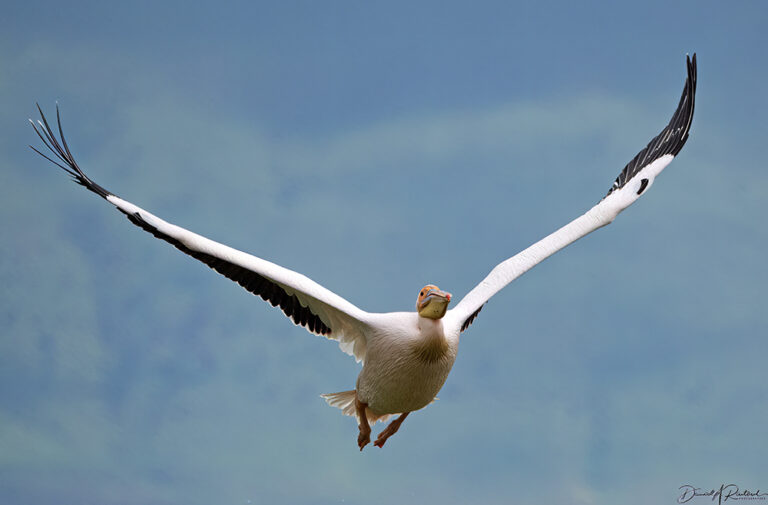
We stopped again at the small stream and wetland where, the day before, we had seen lots of birds (and a momma rhino with a calf). It did not disappoint! One of the most impressive birds there were the Great White Pelicans (Pelecanus onocrotalus). This species ranges across Europe, Africa and Asia (from Senegal to Bangladesh), and is massive, weighing up to 33 lbs and with a wingspan of nearly 12 ft. The latter rivals the wingspans of the big albatrosses, so it is clearly a bird with some clout! Click here for larger image.
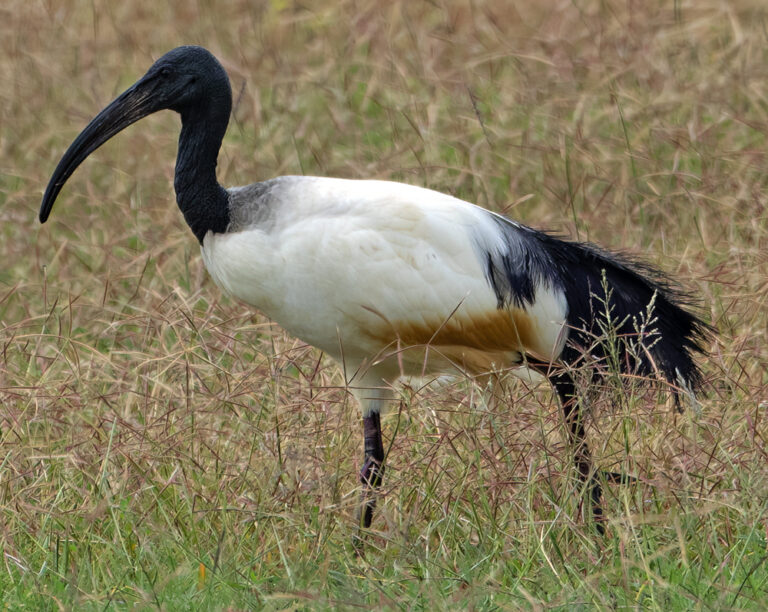
The wetland also had fair numbers of African Sacred Ibis (Threskiornis aethiopicus), a species familiar to Egyptologists, since the Egyptian deity Thoth was depicted as a man with the head of an ibis. This species has an interesting history in North America. In 1992 Hurricane Andrew liberated five of these birds from the Miami Metro Zoo, and they quickly made themselves at home in Miami, although they would return to the zoo to roost at night. Their numbers slowly increased, and in 2005 two nesting pairs were sighted in the Everglades. Florida doesn’t need more invasive species, so the authorities decided to remove them from the wild. At this time those efforts appear to have been successful. Click here for larger image.
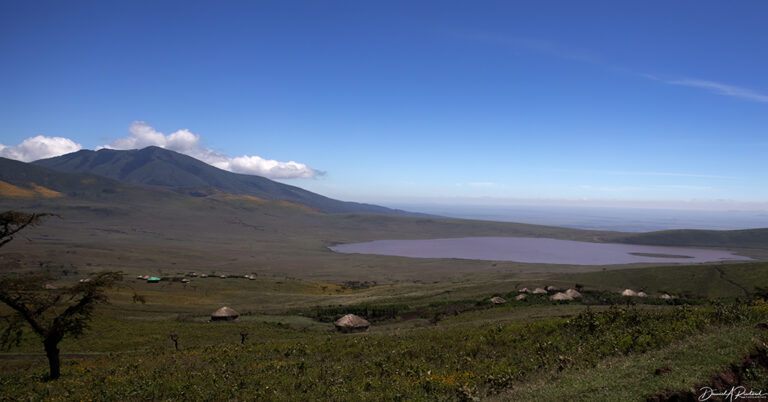
We continued up the road out of the crater and found ourselves in civilization again. This is a Maasai boma, or family compound, outside the crater. The Maasai were previously permitted to graze their cattle in the crater, but no longer. Indigenous people in this region have a history that would resonate with indigenous people in North America, with multiple forced relocations to more marginal land and a long string of agreements that have been ignored by governmental authorities. Click here for larger image.
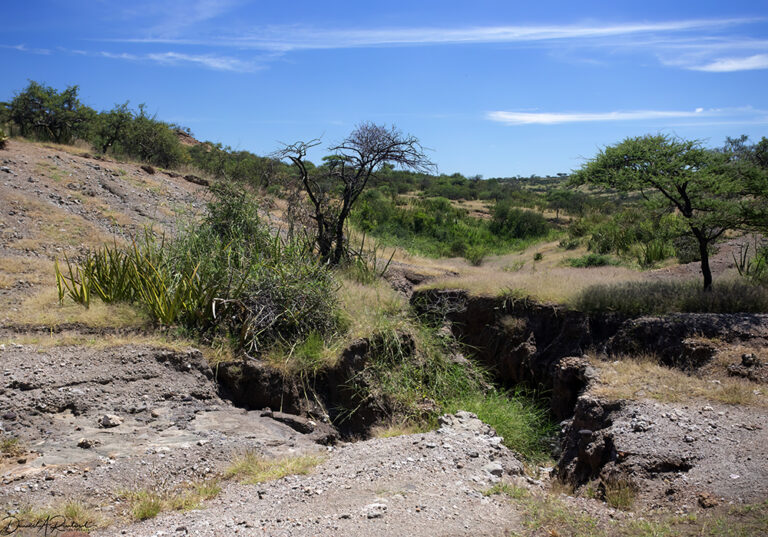
The road to Serengeti had a singular roadside attraction; it went through Oldupai Gorge (the correct spelling of the site that Louis and Mary Leakey made famous in the 1960s when they discovered many hominid fossils there). This is truly one of the birthplaces of humanity; we all have relatives from that place. You can click this link for a comprehensive annotated series of facts and anecdotes about the gorge. As for myself, this was a bucket list moment, as I had devoured the National Geographic articles about Zinjanthropus et al. back in my youth in western Kansas. Click here for larger image.
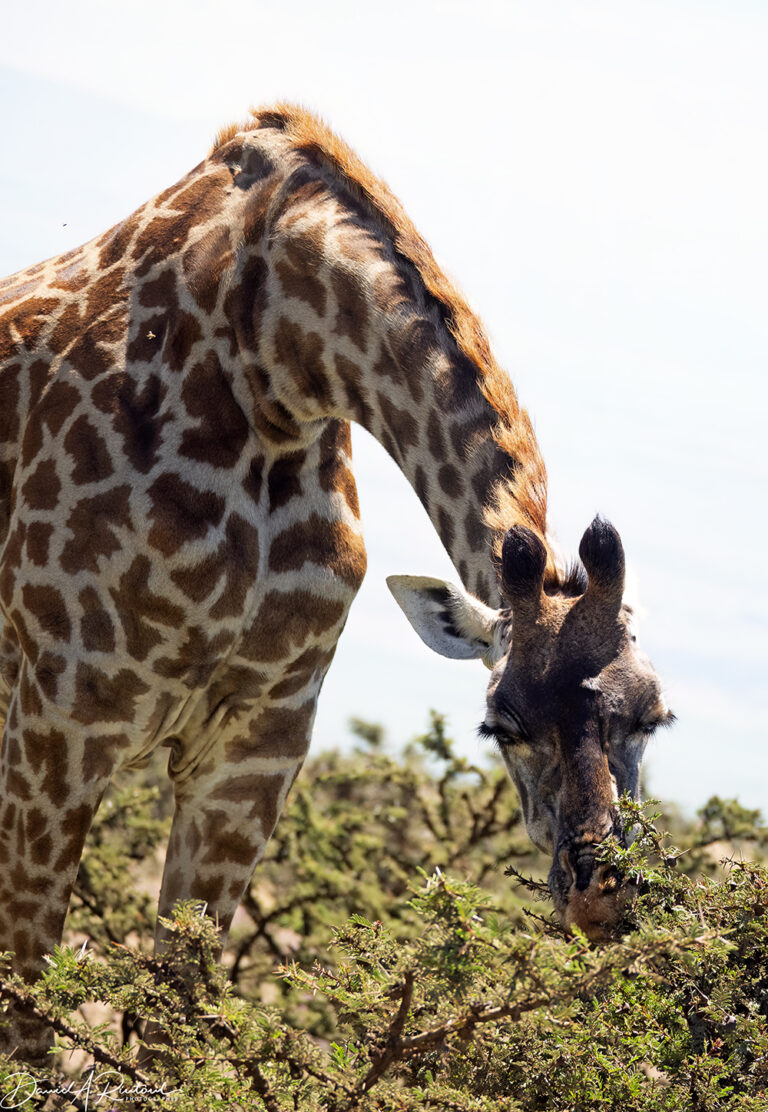
Giraffes (Giraffa camelopardalis tippelskirchi) browsing on tiny, tender, and well-protected acacia leaves were seen at several places along the way. Click here for larger image.
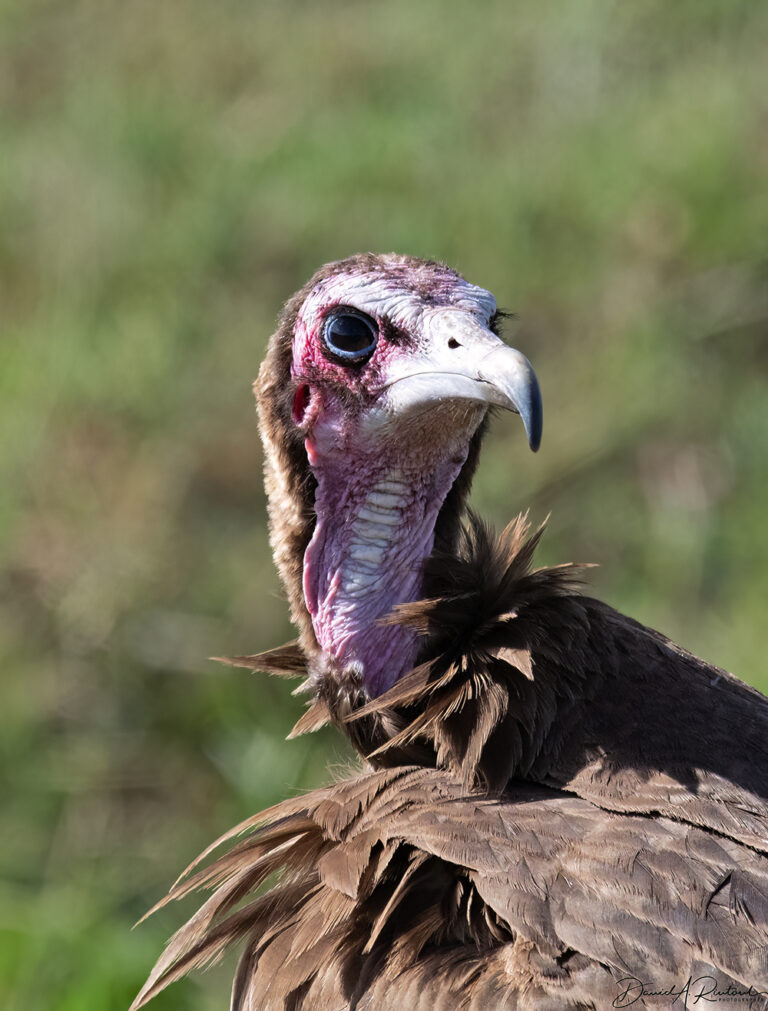
As we approached the gate to the park, we saw several Hooded Vultures (Necrosyrtes monachus) sitting near a former wildebeest near the side of the road. At the time these were pretty common birds. They are now considered to be critically endangered, due largely to poisoning (both purposeful and secondary). They are a handsome beast, in my opinion! Click here for larger image.
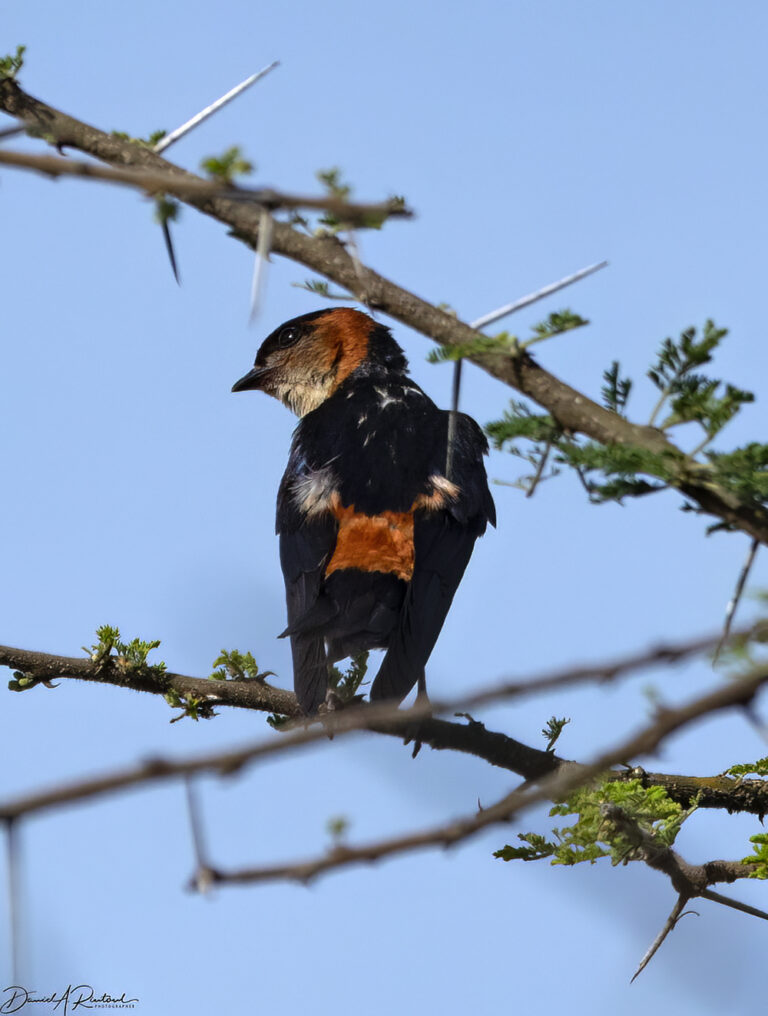
At the gate we clambered out of the vehicles to use the restrooms and stretch our legs, then took advantage of this temporary freedom to photograph critters while the guides and the park authorities dealt with all our paperwork. This was one of the subjects, a Red-rumped Swallow (Cecropis daurica). We had seen these before, but always in flight, so it was a treat to find a bird perched in one of the ubiquitous thorny acacia trees. Click here for larger image.
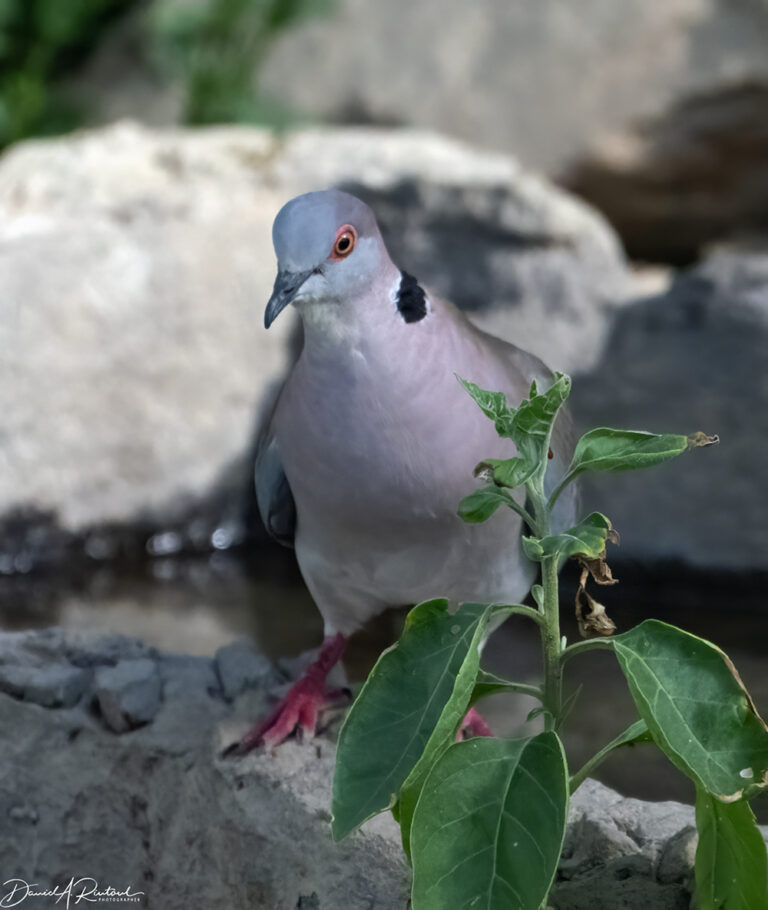
This bird may look familiar to North American birders; it is an African Mourning Dove (aka Mourning Collared-Dove, Streptopelia decipiens). This species has actually expanded its range into Sudan and Egypt in recent years, but not yet into North America! Click here for larger image.
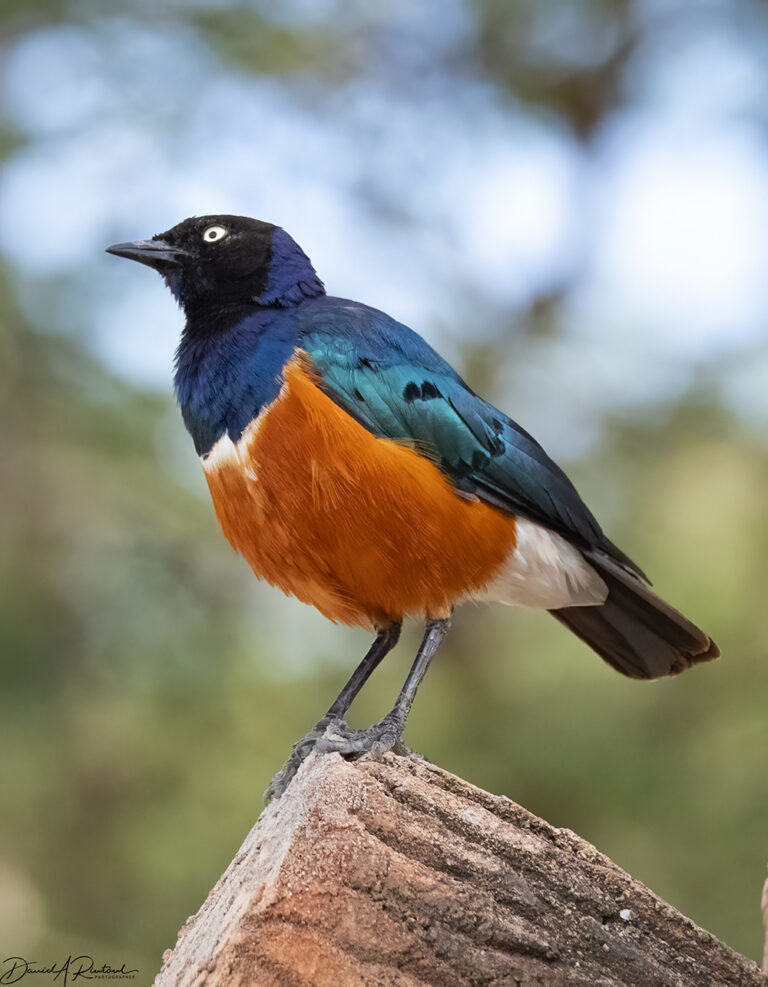
Starlings are among the greatest photogenic subjects in Africa, and this Superb Starling (Lamprotornis superbus) demonstrates why that is the case. Iridescence, red belly, and a striking bright eye are all on display. Best of all, they were abundant here, in the heart of their East African range. Click here for larger image.
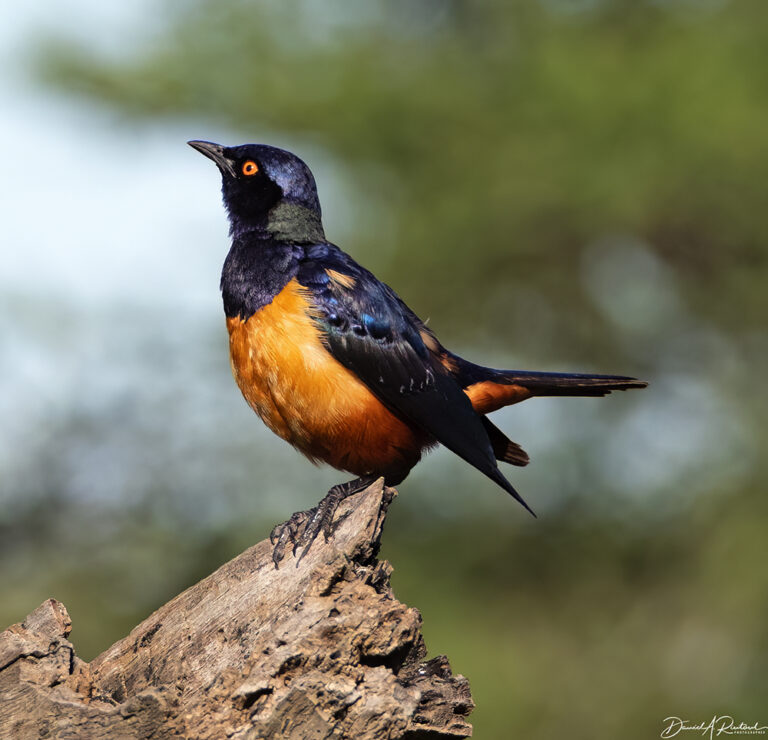
Another stunning starling. Hildebrandt’s Starling (Lamprotornis hildebrandti) is very similar to the Superb Starling, but note the rufous (rather than white) undertail and the red (rather than yellow) iris. These gorgeous creatures were nowhere near as common as the Superb Starlings, so I was really happy to see them here and collect some pictures. Click here for larger image.

eclare
What an amazing photo of the pelican! And in the spirit of the Oldupai Gorge, I like to think of all of us on this planet as cousins.
TriassicSands
I’m curious what your source for that spelling is. I’ve read countless books and articles about “Olduvai Gorge” and never, until tonight, have I seen it spelled with a “p” instead of a “v.” There are letters in various languages which can sound a lot like one another, but “p” and “v” don’t sound much alike in English and aren’t likely to be inadvertently interchanged.
I’m not sure I would use the word “handsome,” but “striking” just rolls off my tongue when looking as that impressive critter and its remarkable head. That said, beauty is in the eye of the beholder, so handsome could work to, I suppose.
J R in WV
I will never forget the first time I saw white pelicans on the green River in Wyoming many years ago. I was used to brown pelicans along the FLA gulf coast, plunging into the greenish Atlantic Gulf waters head first for fish with huge splashes ~!!~
But these were WHITE birds, big beautiful white birds, floating along either on the water like tiny Norse hunting ships or above in the air… even my rock hounding buddy Dan was impressed by the big white pelicans.
As always, so impressed by both the selections of photos and the excellence of the photos selected for our edumacation and joy !!! Thanks again. I’ll be quiet and jealous now…..
raven
stunning
Chris T.
@TriassicSands:
When I look at that particular image, I can see the dinosaur behind the feathers.
And (@OP):
The camel-leopard part I can see, but what’s he been tippling, and who’s been skritching him? 😜
JeanneT
I am becoming a fan of starlings!
OzarkHillbilly
Good stuff, thanx for another African fauna lesson.
Albatrossity
@TriassicSands:
Ditto. I learned (from our guides) on this trip that the gorge is named after a native sisal plant, for which the Maasai word is oldupai. An early German (not English) explorer mangled the transliteration.
TriassicSands
@Albatrossity:
Thank you. It’s not really a surprising story, is it. Somehow, I doubt if the Maasai will ever get their spelling accepted among westerners. But, one never knows.
I just did a quick search for Olduvai Gorge fossils and this appeared in the first article I opened:
The word is out. Live and learn.
Here’s to Homo saviens, Zinjanthrovus, and australovithecus.
SteveinPHX
Starlings! Who knew they could be so colorful? I sure did not! Thank you again.
mvr
I didn’t expect to be positively impressed by a vulture, but in this case I was.
Like the pelican in flight as well!
I have a game camera that uploads to the cloud out on a conservation project to create more wetland habitat in Western Nebraska that I worked on. Yesterday I was surprised to find photos of a flock of our native white pelicans that had stopped there to rest.
Thanks as always for the photos and education!
pinacacci
just wow
BigJimSlade
Looks like it was a fantastic trip :-)
Paul in KY
Have seen a few bigass white pelicans when I was down in Miami. Do not know if they were same breed as your pic above, but they were very impressive birds.
Paul in KY
@JeanneT: If we had those starlings, instead of the flying rats we are infested with, I might take kinder to them.
way2blue
Albatrossity—your vulture for some reason reminds me of Oscar the Grouch of Sesame Street fame… And Oludpai Gorge looks so nondescript. Such is the life of a field anthropologist I imagine—zeroing in on likely locations for humanoid fossils then scrounging for exposures. Thanks for sharing.
Albatrossity
@Paul in KY:
Not the same bird; those are American White Pelicans, most likely. But a few years back one of these Old World bigass white pelicans made it to Florida, and hung out with the natives on Sanibel Island for a while!
Albatrossity
Starling fans (new and old) might enjoy this video of the 10 most beautiful starlings.
Paul in KY
@Albatrossity: Thank you for your response. Would like to see one of those biggerest white pelicans one day!
Albatrossity
@Paul in KY:
Anywhere in Europe, although most commonly in eastern Europe, that would be the expected pelican. You don’t have to go to Africa or south Asia to see one!
Here’s a shot of the bird at Sanibel Island a few years ago, side by side with the American version. Check out those sturdy ankles!
Netto
I always thought this was written by Ogden Nash, but it seems it was actually by one C. M. Marshton.
In other news, 30 minutes of birdage from CBS Sunday Morning: https://youtu.be/OrVfdnZjWxs. No pelican belicans, though.
StringOnAStick
@Albatrossity: Sturdy ankles indeed!
Paul in KY
@Albatrossity: That thar’s an eatin pelican!!
Thanks for the pic!